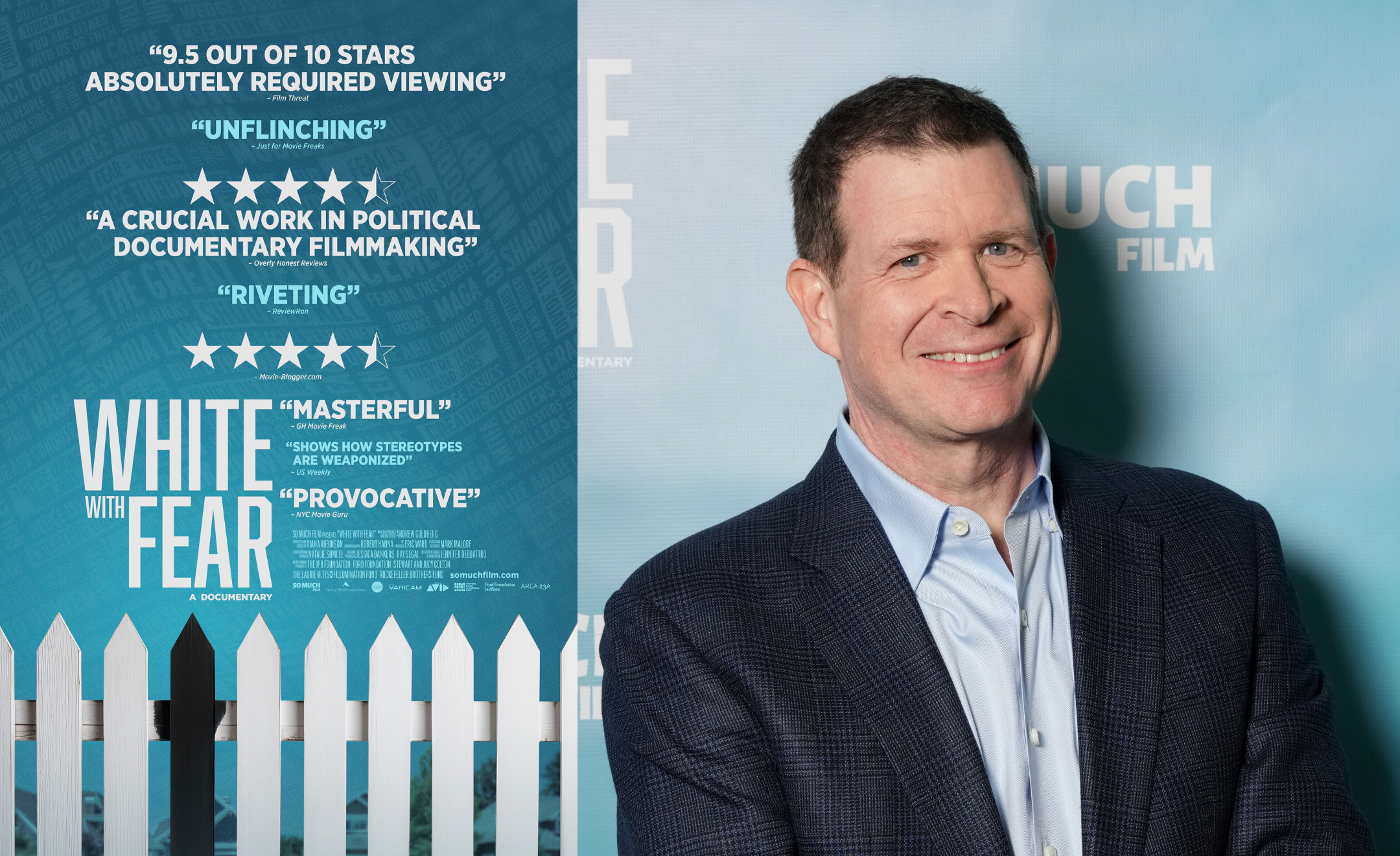
What does it mean to make art about other people in our lives? How can we process grief in different ways? These are the questions that Crave: or how to freeze the phantasmagoria asks audiences to consider. Members of the rehearsal team gave me a glimpse into the rehearsal process and production design that went into putting Crave up in Shanley Pavilion.
The play, written by Communication fourth-year Lola Bodé, follows writer Charlie (Communication fourth-year Abraham Deitz-Green) and Maeve (Communication fourth-year Dahlia Trilling) five years after the suicide of Charlie’s girlfriend Anna (Communication second-year Mila Levit).

The show’s inception came when Bodé took Theatre professor Laura Schellhardt’s Advanced Playwriting sequence, where Schellhardt requires students to write a full-length play.
“I had been thinking about what I was going to write about,” she said. “I was trying to go out of my comfort zone and write some play that dealt with a genre outside of my usual understanding. I landed on horror.”

The initial inspiration came from Bodé’s experiences writing about other people in her life. After dealing with grief during her junior year, the narrative took a turn that incorporated one of the play’s biggest themes: loss.
“As last year went on, it molded into a story about grief and the way that we process it,” she said. “A story I thought was going to be about a bad breakup became a meditation of grief and how we push it away and let it consume us.”
Crave marks Communication fourth-year Talia Hartman-Sigall’s first time directing a full-length student-written play. In the past, she’s directed for shorter, 10-minute shows outside of Northwestern. This play allows her to work with an evolving script that includes all elements of production.
To her, the characters are a key focus of the story.
“From the first draft, they were real people on a paper,” she said. “They had specific traits and quirks and dealt with their emotions in specific ways.”

As a horror play, the special effects and production design elements such as set, sound and lights play a major role. The lights flickered on and off with varying levels of intensity and speed, adding to the suspense. A collection of papers fell down from the wall to reveal a hidden message.

When I spoke to Bodé and Hartman-Sigall on their second day of tech, the detailed set was almost finished, except for some final dressings like blankets and papers on the wall. Seeing cohesion in the design elements marked a crucial moment in seeing the story come alive.
“We were so emotional,” Bodé said. “I wrote something that is very ambitious. Our design team and producer just went above and beyond.”
One daring design element is the copious amount of lamps crammed into Shanley, a notoriously small theater on campus. In the story, the lamps serve as a way for Anna to speak to Maeve and Charlie from the afterlife. Communication fourth-year Lili Tarnopol designed the lighting and excitedly offered to show me the way each lamp could be flicked on and off.
Despite the magnitude of effort needed for the designs, Hartman-Sigall said tech was relatively calm.
“I have never had a tech so organized and planned,” she said. “That is no credit to me and Lola. That is credit to our designers and our stage manager.”
The show’s design team, rehearsal room and cast includes almost ten seniors in their last quarter at Northwestern. For Bodé, the relevance to those involved makes the show more meaningful.
“We’re all thinking about what it means to go into the world and try to be artists,” she said. “For a lot of us, it’s about how you make art about the things you know and love. How do we grapple with the changes that we have to face in two months?”

Hartman-Sigall hopes audiences will leave the show with a personal connection to the story.
“This is a play that will mean to every individual what it needs to mean to them in the moment,” she said. “I hope people think about their friends, the people that they love, the people who have shaped them into the people that they are – and how we have to hold tight to that.”
Editor’s note, May 13, 2025, at 11:23 a.m.: An earlier version of this story misrepresented Talia Hartman-Sigall’s experience. North by Northwestern regrets the error.



